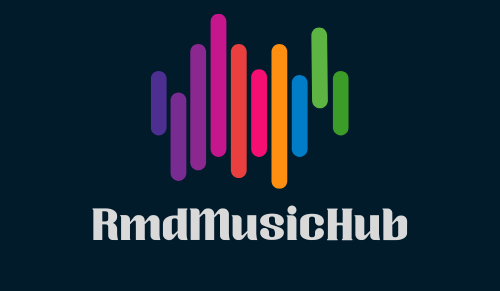Music has been an integral part of human culture and experience for millennia, touching every aspect of life from entertainment to education and therapy. But what exactly happens in our brains when we listen to music? How does it influence our moods, memories, and even our health? In this comprehensive exploration, we delve into the fascinating interplay between music and the brain, drawing on recent scientific studies to enhance our understanding and appreciation of music’s powerful role in our lives.
The Brain’s Symphony: Understanding the Basics
At its core, listening to music is a complex process that involves multiple areas of the brain. Sound waves trigger the auditory cortex, but that’s just the beginning. From there, various parts of the brain come into play:
- The Amygdala: This part of the brain processes emotions. It’s why some songs might make you feel joyous or melancholic.
- The Cerebellum: Often associated with movement, the cerebellum helps us tap our feet or dance to a rhythm.
- The Prefrontal Cortex: This region is involved in planning and decision-making and plays a role in how we interpret the structure of music.
- The Hippocampus: Vital for memory formation, the hippocampus helps us recall lyrics and associate music with past experiences.
Each of these regions works in harmony, allowing us not only to perceive pitch, rhythm, and melodies but also to connect music with our emotions and memories.
Music and Emotion: How Songs Stir Us
Research shows that music can evoke a wide range of emotional responses. A study conducted at McGill University found that listening to music can release dopamine, a neurotransmitter associated with the brain’s reward system. This release can bring about feelings of happiness and euphoria, similar to the effects experienced from eating delicious food or the excitement from a rewarding activity.
Further studies delve into how music can influence our emotional states. Slow, melancholic music can help us process grief or sadness, while upbeat, fast-paced tunes might boost our energy and enhance our motivation. The emotional impact of music can also be harnessed in therapeutic settings, such as music therapy sessions to help patients manage stress, depression, or anxiety.
Rhythm and Movement: The Brain’s Dance
Have you ever wondered why you start tapping your foot or nodding your head without even thinking about it when you hear music? This instinctual movement response to music is rooted deeply in our neurology. The motor cortex, which coordinates movement, becomes active when we hear rhythmic beats. Additionally, the basal ganglia, another part of the brain involved in movement regulation, also responds to rhythmic patterns. This connection suggests why music and dance are so closely linked in many cultures.
Moreover, the synchronization of brain waves with musical rhythms—a phenomenon known as entrainment—can enhance our physical coordination and timing. This effect is not only fascinating but also has practical applications in physical rehabilitation. Music therapy is increasingly used to help patients recover movement abilities after strokes or other neurological conditions.
Cognitive Effects: Music as a Brain Booster
Listening to music isn’t just enjoyable—it can also be a potent cognitive enhancer. Studies have found that background music can improve performance on cognitive tasks involving creativity and problem-solving. Classical music, often referred to as the “Mozart Effect,” is particularly noted for its potential to improve spatial reasoning skills.
For children and adults alike, learning to play a musical instrument can have even more profound cognitive benefits. Musicians often exhibit enhanced memory, attention, and language skills compared to non-musicians. These benefits arise because playing an instrument requires the integration of sensory information from sight, sound, and touch, along with fine motor coordination, all of which lead to robust brain plasticity.
Music Therapy: Healing Through Melodies
The therapeutic benefits of music are as profound as they are varied. Music therapy is an established health profession in which music is used to address physical, emotional, cognitive, and social needs of individuals. After assessing the strengths and needs of each client, qualified music therapists provide treatments including creating, singing, moving to, and/or listening to music. Through musical involvement in the therapeutic context, clients’ abilities are strengthened and transferred to other areas of their lives.
Music therapy can aid in pain management by reducing the perception of pain and the need for medication. It can also assist in the recovery of motor skills and speech in individuals with neurological disorders like Parkinson’s disease or after a stroke. In mental health, music therapy can help refine emotional expression and social skills, providing a cathartic outlet for those dealing with issues such as depression or PTSD.
Conclusion: The Universal Language
Music’s influence on the brain is vast and varied, enriching our emotional landscapes, enhancing our cognitive capacities, and aiding in our physical and mental health therapies. As we continue to uncover more about the neurological impacts of music, its potential to heal, inspire, and transform lives becomes even clearer. Whether you are a professional musician, a casual listener, or someone involved in the therapeutic aspects of music, its power to affect the brain is undeniable.
So next time you put on your favorite tune, remember that you’re not just listening to music—you’re engaging in a profound neurological exercise that spans the entirety of your brain, enhancing your mental and emotional well-being in the process. Let the music play, and let your brain dance to its beautiful, complex symphony.



